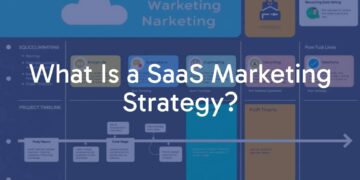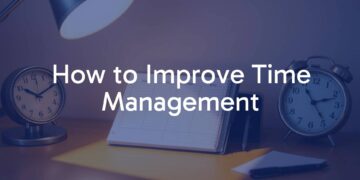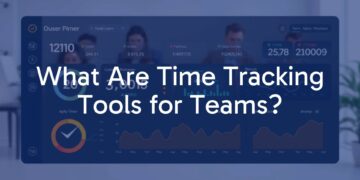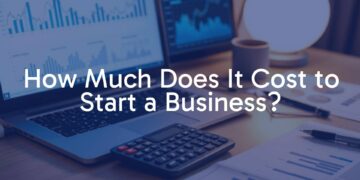Forex Trading- Some Basics
The Foreign Exchange market is one of the most fast-paced and exciting markets to be involved in especially if you love dabbling in the stock markets. While it may seem intimidating in the beginning, learning the concepts and understanding how it works will let you take advantage of this market. While this has always been the domain of big and wealthy investors or multinational companies with a presence all around the world, the internet has made it easy for the average investor to also participate.
What has also made it easy for people like you to participate in this heavily regulated market are the presence of online brokers where you can establish brokerage accounts and execute orders with ease. There are quite a few reputed firms and companies involved in helping you invest in these markets.
Furthermore, currency fluctuations are not great in a day. It is noted that currencies fluctuate less than 1% in a day. This makes these markets the least volatile. To make more money in these investments, speculators or traders rely on high leverages. Since these markets boast of high liquidity and are traded around the clock, this market has grown rapidly with an increased amount of interest generated amongst traders.

Some basics about the market before we try to understand how to make money in these markets.
- Most trades are done by selling and buying currencies – exchanging one currency for another. Most of the currencies are paired with another and generally, the dollar is the preferred currency here.
- Currency is quoted in pairs and the first currency in the pair is the base currency. Typically, this is home currency and the second in the pair is the quote currency, the foreign currency in the pair. For instance, in a yen-dollar trade, the yen will be the base currency and the dollar is the quote currency. So, the given rate will tell how much of quote currency is needed to buy one unit of the base currency.
- In any trade that is executed, the volume of the trade is always expressed in the base currency. It does not matter what currency you have in your account; the trading software automatically sets the exchange rate.
- A pip is the smallest price change or moves in an exchange. The profit or loss that is incurred on any transaction is expressed in the quote currency. For instance, in a yen- dollar trade, if you have bought it for 1.5000 and sold it at 1.5020, the profit is $0.0020 or 20 pips for each yen.
- A spread refers to the broker’s profit in any transaction. This generally constitutes of two prices – a bid and an ask. A bid refers to the price that the broker pays to buy it from you and similarly, an ask is what the broker accepts when you buy it from him.
Now that we know a bit about how the trades happen in the currency market; how can you begin to make money from these trades?
Leverage – Small investors are unable to put in too much of funds. A small percentage of an upward move gives a small profit to the investor and an even smaller spread for the broker. This does not motivate the broker. So, in such cases, leverage financing comes into play where u put in a small amount and the rest is put in by the broker. While the gains will be good, if the price falls, you could lose your capital.

Margin calls – Here, you can protect your investment by allocating a portion of your money as collateral on the margin. So, in a 5000$ investment, you can allocate 2000$ as a margin. Your broker will then use 3000$ to trade. If you lose, you can close the trade and get back the collateral.
The key thing to remember is that some losses are inevitable but you should play smart by using stop-loss techniques. You can control the risk to a considerable extent by understanding the risks well and having a good relationship with your broker who understands your risk appetite. Unlike other markets, forex markets are highly volatile and liquid. You can begin by learning the fundamentals and the anticipation skills will be developed with time and experience.
Read more here:
https://business-steps.com/finance/the-best-forex-brokers-comparison/







































